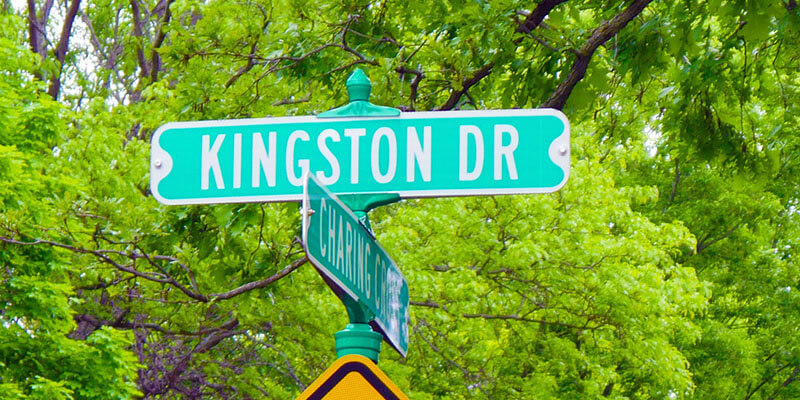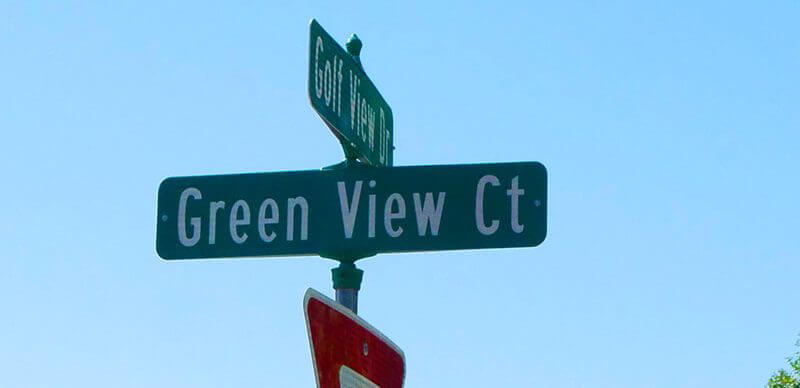Posted by Realtor David Olson 952.314.9446
City of Eagan: A Brief History
The first residents of the Eagan area were the Dakota or Sioux Indians. Around 1740, a settlement known as Black Dog Village was documented along the Minnesota River. European interest in this region began with the French explorers and fur traders during the 1600’s. Eagan remained under French domain (and for a time under Spanish domain) until the area was obtained by the United States in 1803 as part of the Louisiana Purchase.
After the War of 1812, a series of frontier forts were constructed. Among these was Fort Snelling at the confluence of the Minnesota and Mississippi Rivers. Completed in 1824, Fort Snelling served as a stabilizing influence and focal point for development of the region. The original area of the fort included a parcel of land approximately one mile wide extending through the area that became Eagan, adjacent to the Minnesota River.
After 1851, the territory of southern Minnesota, west of the Mississippi River was opened to westward expansion for settlers. Those who first moved to this area were generally from either Ireland, French Canada, Germany or from the eastern part of the United States. These settlers established farms in the area and agriculture became, and would remain, the predominant activity of Eagan residents for the next 100 years.
The political organization of Eagan began with the admission of Minnesota as a state in 1858. The area was first included as a part of Mendota Township. In 1860, the Township of Eagan was established within its current boundaries. Eagan celebrated its 150th Anniversary as a community in 2010. Members of the city’s first board of supervisors were Patrick Eagan, James Callan and Robert O’Neill. Patrick Eagan, from whom the City takes its name, was a native of Ireland and had come to this area with his family in about 1854. He served as the board’s’ first chairman. The elected officers of the township included three supervisors, who served three-year terms, and a treasurer, a clerk, an assessor, two justices of the peace and two constables, all of whom were elected for two-year terms.
At the time of its formation in 1860, Eagan‘s population was 567 according to the 1860 Census. Most of the residents were farmers. In addition to the crops that were needed to support their own families and livestock, many local families engaged in crop farming, particularly wheat and garden produce. Around 1885, the growing of onions began in parts of Eagan. The onions were shipped to various parts of the country and the volume was such that, at one time, the area was called “The Onion Capital of the United States.” However, with a few years of poor harvest combined with competition from southern growers, the status as “Onion capital” ended by approximately 1930.
In 1893, the first Town Hall was built near the intersection of Pilot Knob and Lone Oak Roads. When the original building burned, the town board decided to place the new town hall as close to the center of the township as possible. Built in 1914, this new building served as the meeting hall for Eagan until 1965. This original surviving Town Hall building was restored and now serves as a museum exhibiting memorabilia from Eagan‘s past. It is cared for by the city’s Historical Society.
If you have any questions regarding the city of Eagan, Minnesota, or if you would like to sell or buy a house in the area, please feel free to visit TwinCitiesPropertyFinder.com or call 1-800-909-1953.
Welcome to “Kingston Neighborhood” in Eden Prairie
Welcome to “Green View Neighborhood” in Eden Prairie
Related City Articles










